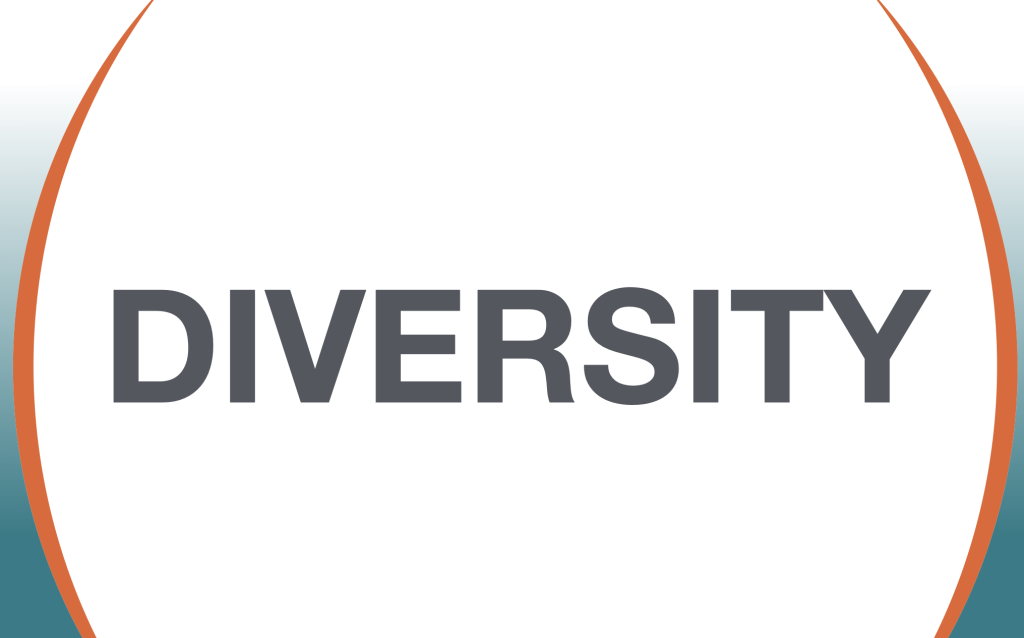 I survived a stroke at 24 years of age and I naively assumed that my degree in occupational therapy, work experience in the field as a therapist and my newfound insight as a patient would make my return to work a synch. I never imagined the barriers that I would encounter in this process. I soon saw firsthand the overwhelming discrimination that exists. It starves not only potential employees of self-worth, but also adversely impacts organisational culture.
I survived a stroke at 24 years of age and I naively assumed that my degree in occupational therapy, work experience in the field as a therapist and my newfound insight as a patient would make my return to work a synch. I never imagined the barriers that I would encounter in this process. I soon saw firsthand the overwhelming discrimination that exists. It starves not only potential employees of self-worth, but also adversely impacts organisational culture.
A vast amount of research has demonstrated that returning to some form of employment after acquiring a disability is an important indicator of a person’s recovery. It’s also demonstrated that people living with disabilities make invaluable contributions to a workplace when given the opportunity. Unfortunately, the huge barriers in the recruitment process often preclude them from even getting in the door.
So how can we enable and foster an employee’s potential to build and sustain good relationships which create a culture of equality and diversity as employers?
I was unemployed for four years while I underwent my own rehabilitation after my stroke. When I wanted to return to work, I had significant physical disabilities that I had to adjust to and accommodate. I was desperate to reintegrate into my old life whilst also feeling so vulnerable and f immobilised by the entire returning to work process. I was suddenly thrust into needing to prove to my employer that I was so much more than what appeared to them on first impression.
I’m sure it’s often easier to angle the marketing of recruitment to exclude potential employees with different needs from applying to a position. But honestly, it’s likely that the person with a disability has already experienced some discrimination in their feat to return to work. Those like myself may feel that their disabilities are so visible or apparent that they are disadvantaged from the beginning. Others may have hidden disabilities, such as fatigue or visual difficulties. People who live with hidden disabilities can become intimidated by the process yet desperate to get their foot in that they pretend that there isn’t an issue. Subsequently, without negotiating variable hours or suggesting resources that would enable their optimal performance, they may attempt to self-manage these obstacles and struggle to sustain their role. We are creating a dishonest relationship from the onset when people don’t feel safe to be honest. If an employee feels heard and accepted, it’s likely they will feel empowered to perform at their best. Surely, by knowing and accommodating people’s needs we are also encouraging their potential.
Recruiting for diversity also extends further to the culture you are aspiring to create within your organization. If you’re subconsciously (or consciously) judging a potential employee with a disability, you are also creating a rigid environment where you won’t recruit anyone ‘different’. These organizations aren’t open to being flexible to accommodate their needs and when we are not flexible in our own strategies, we are also not open to the inclusion of new ideas and the growth that’s necessary for our workplace to thrive. Seeing beyond someone’s deficits and facilitating their potential and performance, you will also build an inclusive and accepting environment. This will extend to all employees beyond any who may carry disability.
 Many potential employers would take one look at my walking frame and vision problems, then automatically dismiss my application, blocking entrance into that organization. But with that mindset, we are depriving the individual of the opportunity to prove that they are more than their disability. We are also starving our workplaces of the opportunity to build a culture of acceptance, equality and value.
Many potential employers would take one look at my walking frame and vision problems, then automatically dismiss my application, blocking entrance into that organization. But with that mindset, we are depriving the individual of the opportunity to prove that they are more than their disability. We are also starving our workplaces of the opportunity to build a culture of acceptance, equality and value.
Let’s choose to inject diversity into our recruitment strategies.